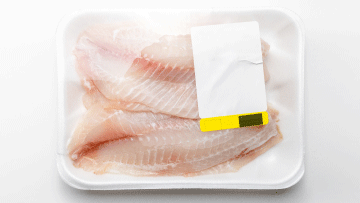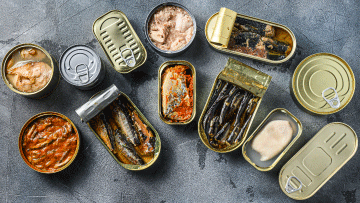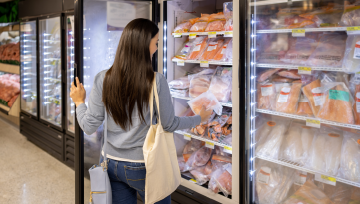Fish and seafood mislabelling and species substitution may result in food fraud. Examples include labelling farmed Salmon as wild or claiming a fish is Cod when it's really Pollock. In Canada, food labels and advertising must be truthful and not misleading. When food is misrepresented, it prevents consumers from making an informed choice, and can create an uneven and unfair market. Industry is responsible for properly representing and labelling food products and providing consumers with information that is not false or misleading.
Traceability requirements are in place so that unsafe foods can quickly be removed from the market through recalls, protecting the health of Canadians. They also allow the CFIA to verify that foods and ingredients are not being misrepresented to consumers.
Canada is recognized as having one of the best food safety systems in the world, including a robust approach to ensuring that consumers have access to high-quality, safe, and healthy fish and seafood. Learn more on Canada's plan when it comes to fish traceability and labelling accuracy.
Understand the information on the label
Canada's labelling requirements are different for fresh fish from a retailer or restaurant versus what you might find for fish prepackaged at other levels of trade. Wherever you buy your fish and seafood, Canadian law requires all label information to be truthful and not misleading. Bilingual labelling may be required, based on where the food is prepared and sold.
Fresh fish packaged at retail
Required:
- Type of fish (for example, common name)
- Net quantity
- Date label label ("packaged on" date with the shelf life on a poster next to the food, or a best before date and storage instructions)
- Name and principal place of business by or for whom it was manufactured or produced
- Lot code or unique identifier
Can be voluntarily provided:
- Country of origin
- Species name
- Claims (for example, fresh, catch method, catch location) and certification labels (for example, sustainable)
- Nutrition information
Prepackaged fish (other than packaged at retail)
Required:
- Type of fish (i.e. common name)
- Net quantity
- List of ingredients and allergens, if there is more than 1 ingredient
- Best before (if shelf life is equal or lesser than 90 days)
- Country of origin (for imported fish only)
- Nutrition labelling (for smoked fish, processed fish, and multi-ingredient fish products)
- Name and principal place of business by or for whom it was manufactured or produced
- Lot code or unique identifier
Can be voluntarily provided:
- Claims (for example, fresh) and certification labels (for example, sustainable)
- Best before if shelf life is more than 90 days
You can use the CFIA fish list to learn more about the commonly used and scientific names of fish species.
Additional labelling requirements for fish and fish products may apply depending on the product.
More information
If you suspect a food is mislabelled, tell the retailer or report it to the CFIA.





